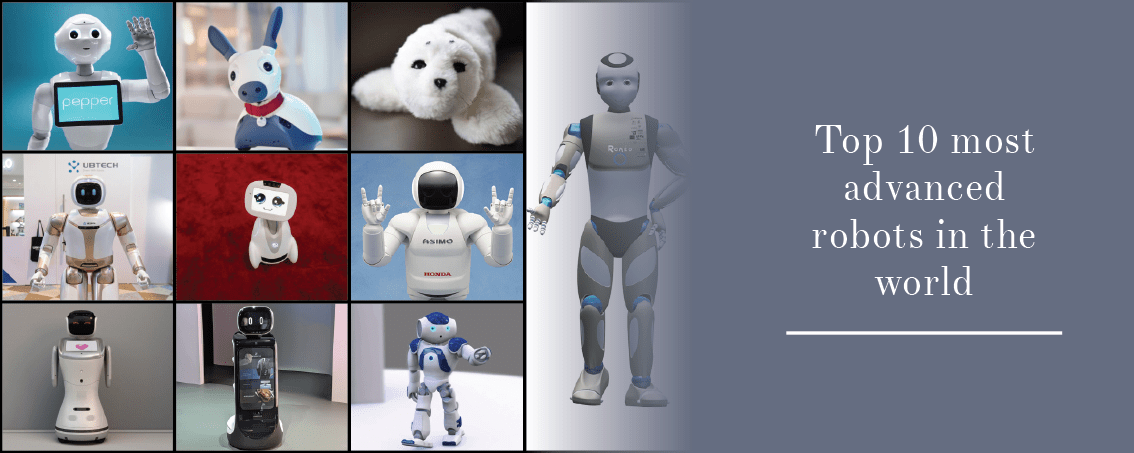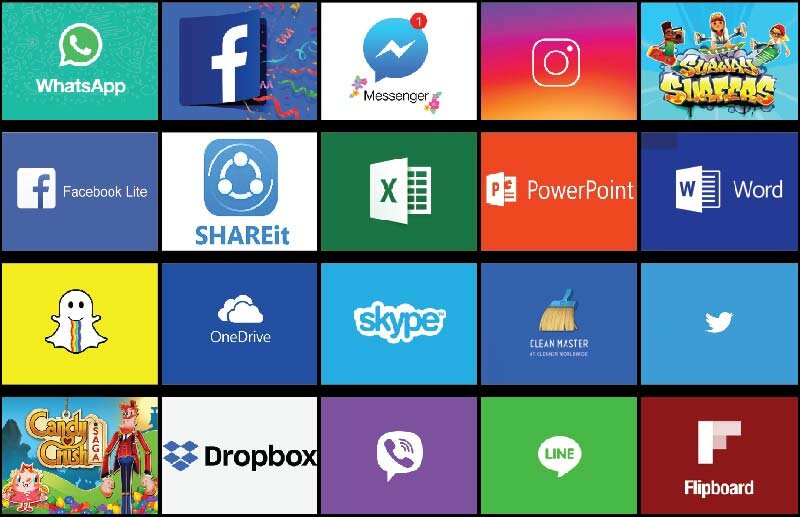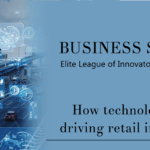The education across the globe is witnessing a paradigm shift edtech is set to change that and could be the biggest and most profitable digitized sector the world has ever known as emerging technologies start to transform learning models. Edtech is slowly becoming a phenomenal model which is expected to grow at 17 percent year-on-year. Almost all teachers around the world think it’s essential to use edtech in the classroom, while they also believe its use increases student engagement. Edtech paint a complete picture of the relationship between technology and education. The technologies that are helping students to learn better are:
Immersive Learning
It involves learning through an artificial environment that simulates situations in which the learned information could be used. Traditional approaches involve role-plays, field trips, or realia in the classroom. As more devices land in the hands of students, access to digital resources is fast-becoming an expectation rather than a luxury. Presently, Learning Management Systems are proving to be encouraging educational digitization while offering notable long-term cost savings, particularly in the corporate environment. Augmented reality (AR) and virtual reality (VR) are making new opportunities available and also, combining in amazing ways to produce mixed reality (MR). As society becomes increasingly multi-device driven, students or lifelong working professionals demand more freedom and flexibility from their learning, and interactive digitized curriculums will deliver flexibility and access. Immersive learning will only evolve with digital education and will deliver the most valuable results making including it as an offering vital.
Video Tutorials and Learning
It has become more common in recent years as the front of classroom displays have become higher-tech. With academies, Udemy, Khan Academy, etc. student has anytime access to the study materials. Even many classrooms feature their own Internet-connected projectors which are again, a form of video learning. The benefits of learning are more viable than just textbooks as videos explain the concept in detail and students can have a peek even if it is a 3D object. As more devices and video abled systems become common, video learning will gain more popularity than standard classroom learning.
Accessibility
With mobile devices, comes accessibility for anyone anywhere in the world and at any time. The videos are available on various sites and can be accessed in a matter of seconds with the internet and a device. Another key component of making an inclusive learning environment is using assistive technologies to better teach students with special needs. Audio recordings help visually challenged and dyslexic students while video recordings can give deep insight into the topic. Specialized and personalized courses can be made for other students who differently-abled and the learning can be provided to them.
Specific Data-Driven Learning
With enough data, which is critical to organizations across industries, universities, colleges, and training providers are making significant progress when it comes to harnessing the power of data to help with retention and student success. By leveraging the specific data, students can be taught in effective ways.

















